16 weird facts about Tutankhamun
Categories: Asia | Culture | History | Lifestyle | People | Photo project | Science | Society | World
By Vika https://pictolic.com/article/16-weird-facts-about-tutankhamun.htmlThe boy who led the empire and was buried in a tomb filled with gold and artifacts. Who was this young man charged with leading the line from the gods? How did he live? How did he die?
Since the tomb of Tutankhamun was found in 1922, these questions have gradually been answered. Thanks to advanced DNA analysis technology, we have discovered some surprising facts about its origins and physical growth. It turns out that he was not that sensual, dashing boy depicted in the iconography found in his grave, and then in pop culture. Instead, he was the product of incest, born with deformities, and died not from murder, but from the trauma caused by his ailments.
However, mythology revolves around Tutankhamun, his death, the "curse" on his grave, and the mythical figures of his life. Here are some of the weird yet completely true facts about this legendary boy king.
16 PHOTOS
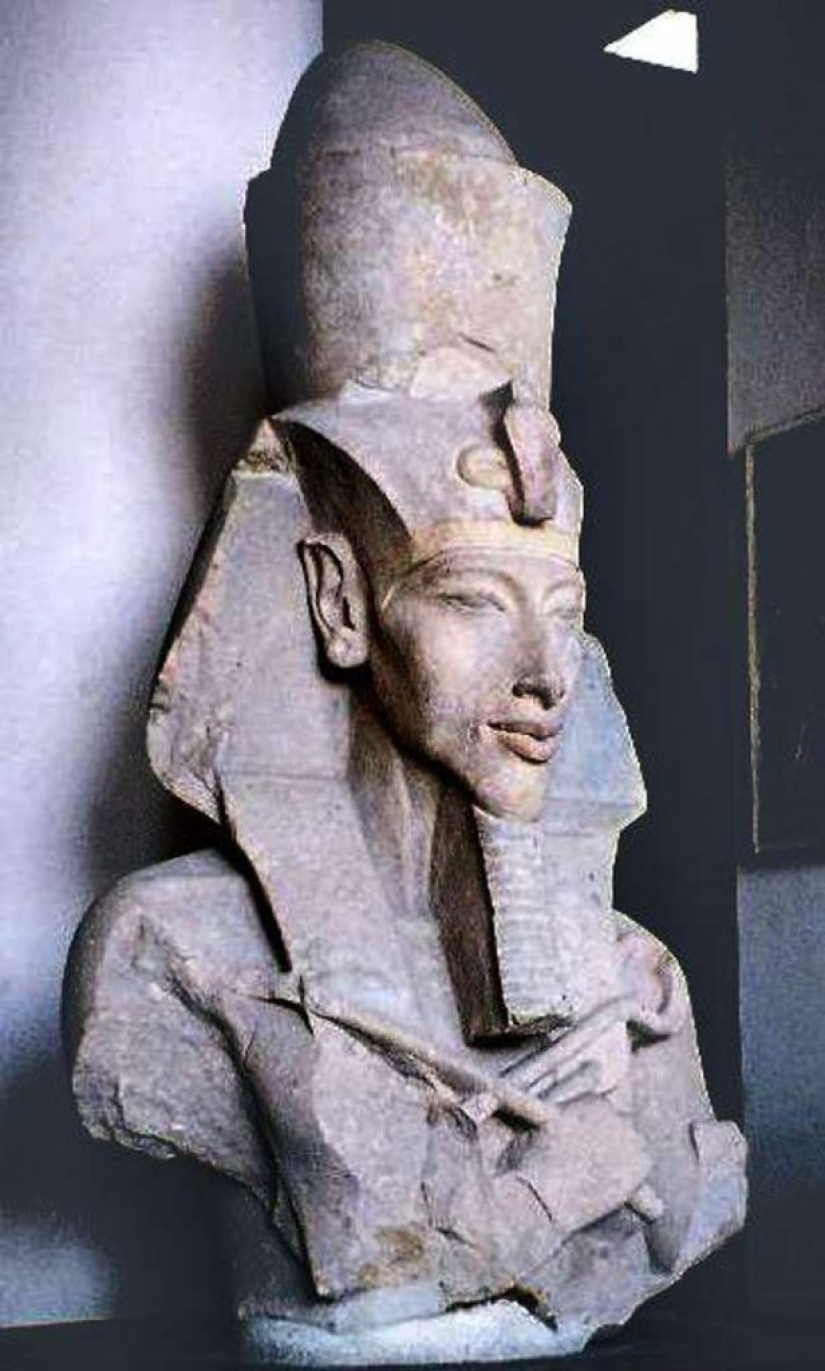
1. Basic facts.
Tutankhamun was born around 1341 BC, the son of the powerful Pharaoh Akhenaton. After this pharaoh died in 1334 BC, two minor kings ruled until Tutankhamun took the throne in 1332. He ruled for about eight or nine years, and his main achievement was the return of Egypt to the polytheistic worship of the god Amun. He then died in 1323 BC at age 19 and was buried in a quickly constructed but ornate tomb that was forgotten until its discovery in 1922 by British explorer Howard Carter.
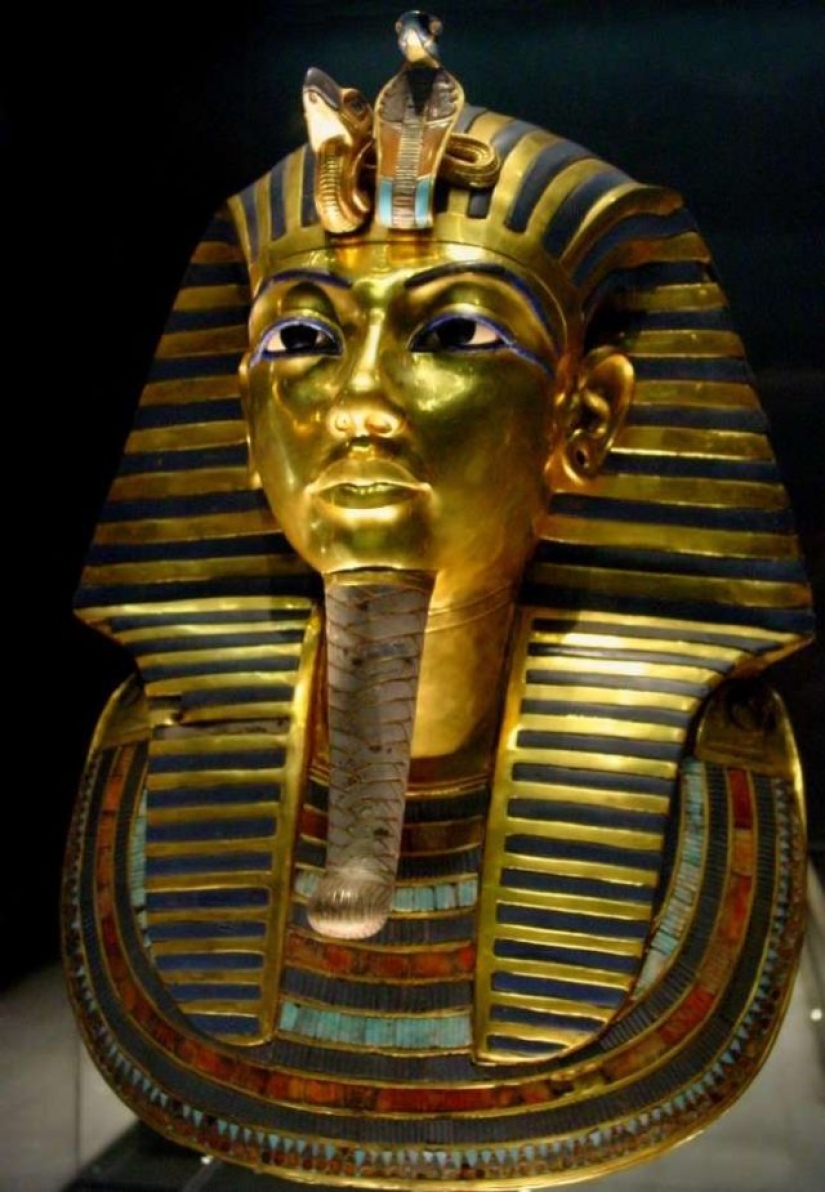
2. Tutankhamun had many names.
Before ascending to the throne of Ancient Egypt, Tutankhamun was known as Tutankhaten, or "The Living Image of Aton." Aton was the living embodiment of the solar disk image worshiped by his father Akhenaten; while Amon (also known as Amon-Ra) was the main deity of Egyptian mythology. The name change implies a fairly significant promotion of Tutankhamun.
 3. His father and mother were related.
3. His father and mother were related.
As with 19th-century European ruling families, incest was extremely common among the Egyptian royal family. They believed in the purity of noble bloodlines, and it is generally believed that Tutankhamun's father and mother were brother and sister.

4. The identity of his mother is unknown
Despite these findings, it is unclear to scientists who Tutankhamun's mother really is. There is a real possibility that this is the famous Nefertiti, also Akhenaten's wife, and there is no way to know for sure.
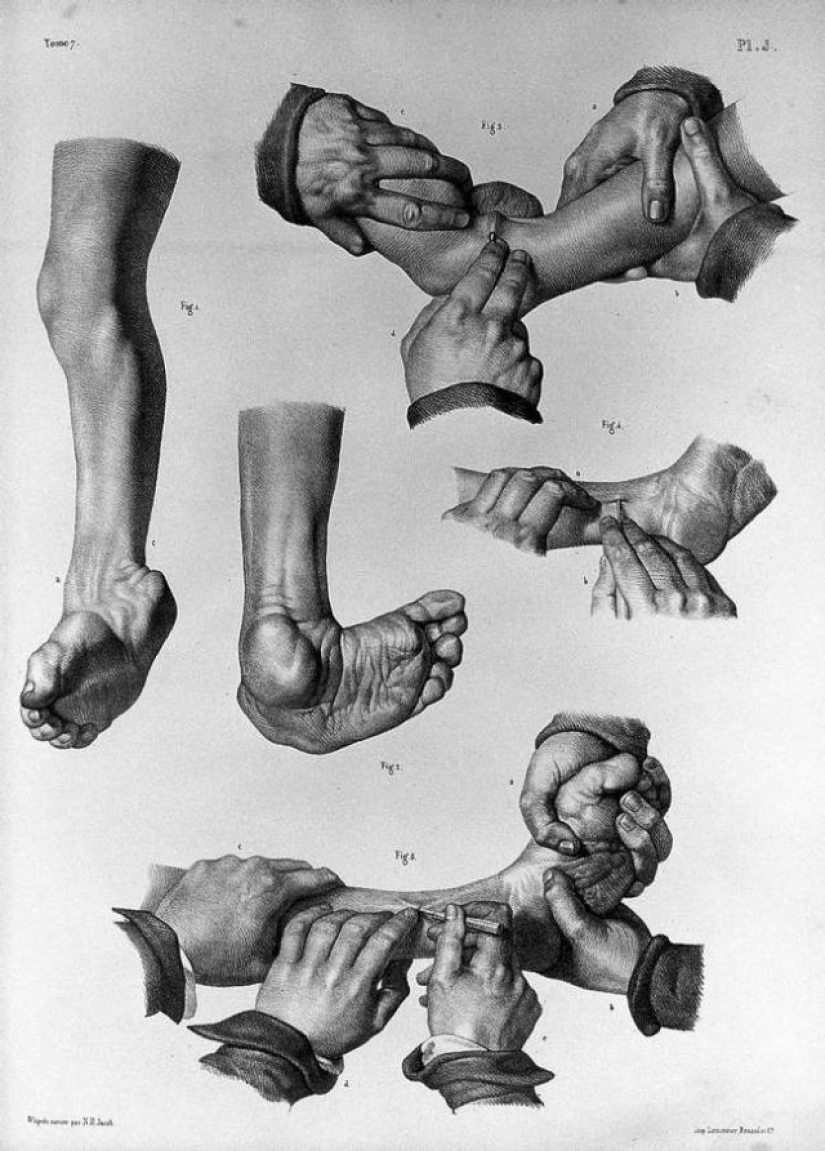
5. He had numerous deformities.
Because of the incest that protected the lineage of the Egyptian royal family, Tutankhamun had a number of notable physical deformities. He probably had a severe malocclusion, a curved spine, a severely disfigured foot, extremely thin hips, a skewed face, and epilepsy. He could also have a pronounced chest. It is likely that Tutankhamun lived most of his short life in great pain.
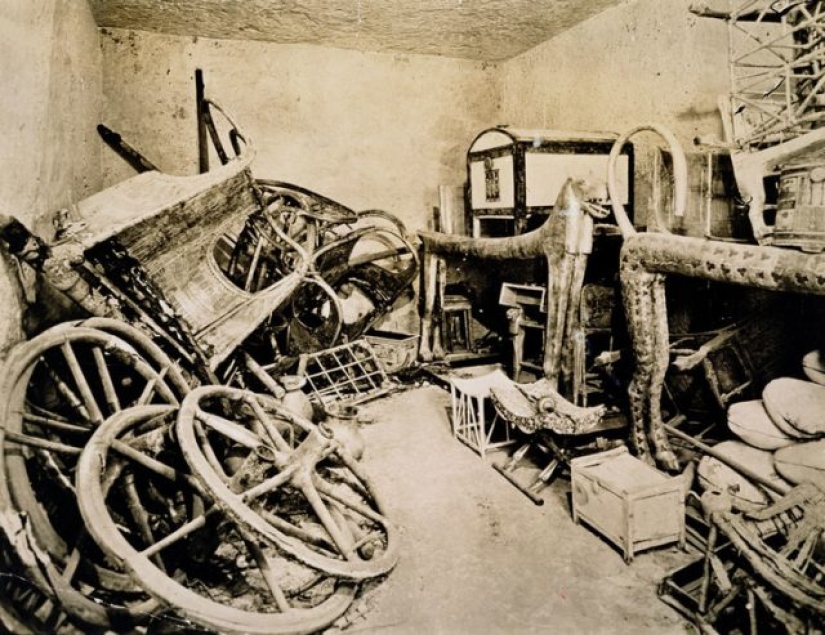
6. He could not walk without assistance.
Because of his severe clubfoot, Tutankhamun needed help walking. More than 100 walking sticks were found in the tomb of Tutankhamun, as well as stools used for archery and arrow shooting. Only no one knew why Tutankhamun was buried with all these instruments.
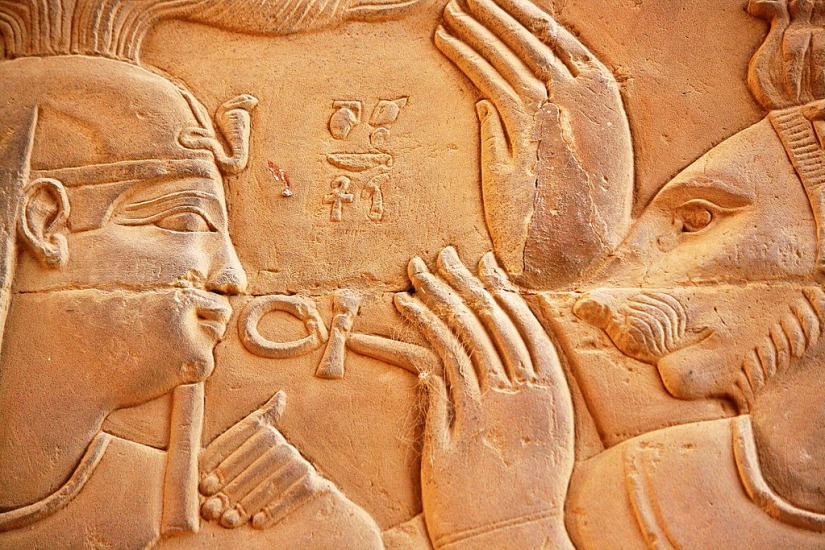
7. He was not the only child ruler in history.
Although Tutankhamun rose to fame as the "boy king" in the insane pop culture that followed his discovery, he is far from the only one in history. Ptolemy XIII ascended the throne at the age of 11 or 12 and went to war with the Rome of Julius Caesar because of the personality cult that surrounded his sister Cleopatra. Monarch children also ruled over China, England, and Jerusalem.
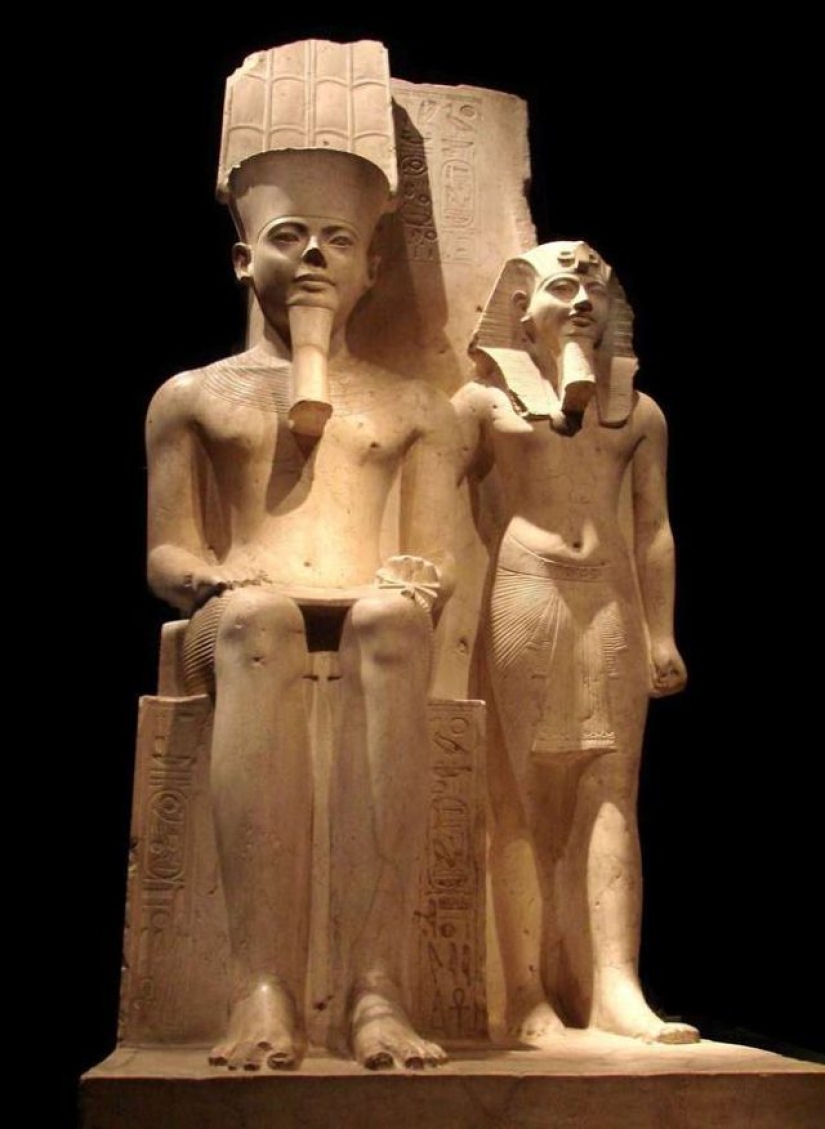
8. He had two powerful advisors.
Since Tutankhamun was only nine when he inherited the throne from his father, he needed strong advisors to help him make decisions. He had two influential deputies. One was Horemheb, the commander-in-chief of the Egyptian army, and the other was Grand Vizier Ai, an aging cavalry soldier turned advisor believed to be the real power behind the throne.
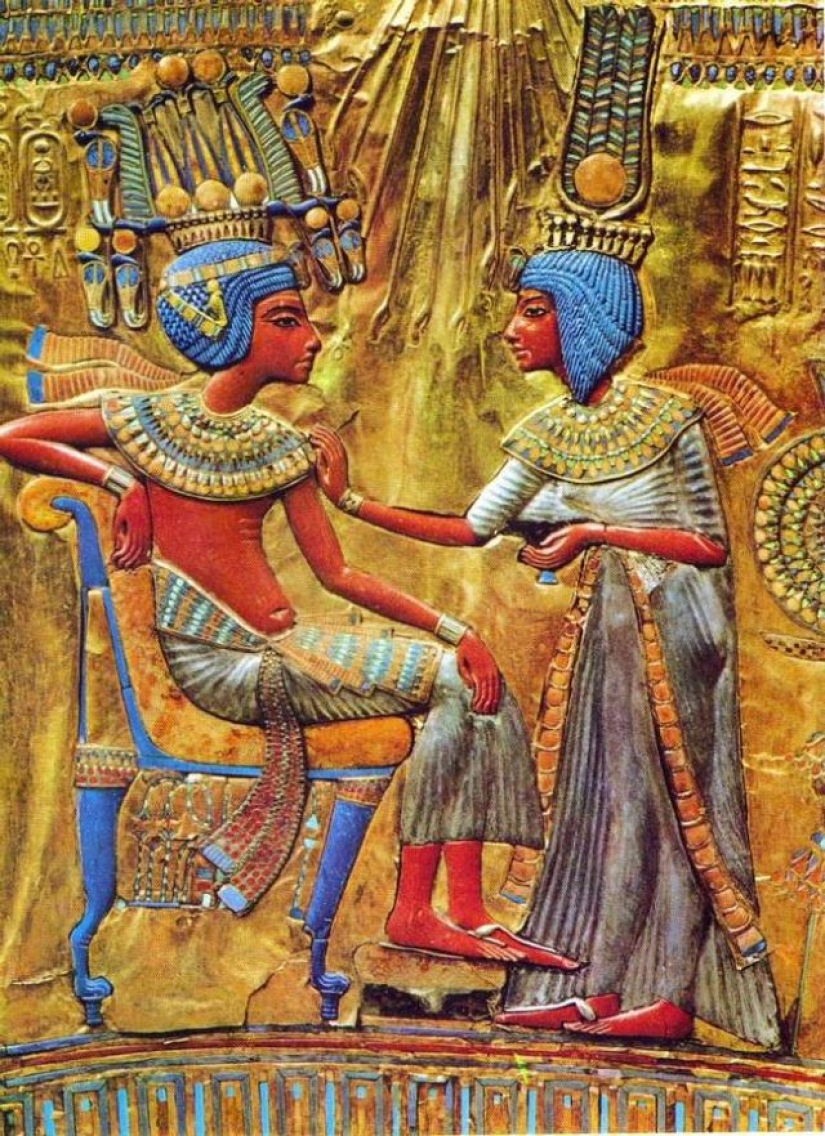
9. He got married at nine years old.
Immediately after ascending to the throne, Tutankhamun was married to his half-sister Ankhesenamun. Little is known about her, although she was probably several years older than Tutankhamun, and, like Tutankhamun, the child of the previous Pharaoh Akhenaten. Her mother was probably the famous Queen Nefertiti, who may also have been the mother of Tutankhamun. In fact, Tut's wife was definitely his half-sister, possibly his blood sister, and perhaps even his stepmother. And you think your family is difficult.
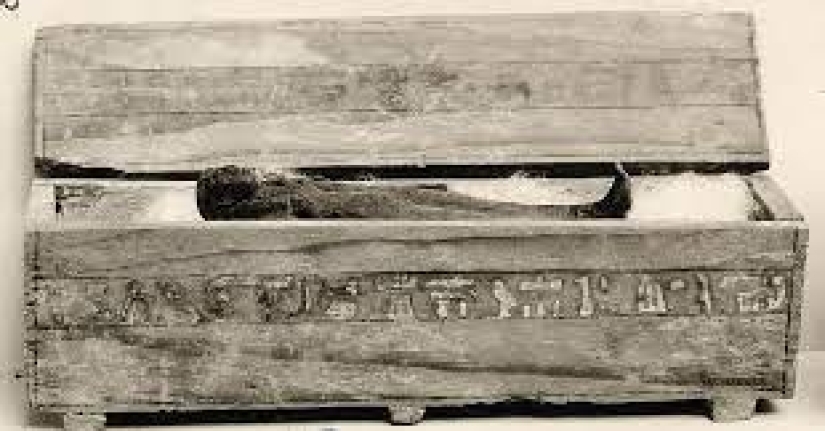
10. They had two children, both died at birth.
In the tomb of Tutankhamun were discovered two small coffins with the mummified remains of two babies, daughters, who were probably twins. DNA analysis confirmed that they were the daughters of Tutankhamun and Ankhesenamun. One of the children had a serious spinal defect and none of them was born alive.

11 . Tutankhamun probably died of a broken leg.
There are many theories as to why Tutankhamun died young. Everything from murder (usually considered a blow to the head) to genetic abnormalities and sickle cell disease. But a 2010 study found that Tut probably died of a malaria infection he acquired after breaking his leg. Genetically transmitted diseases were probably somehow related to the weakening of the young king's immune system, which made him vulnerable to malaria.
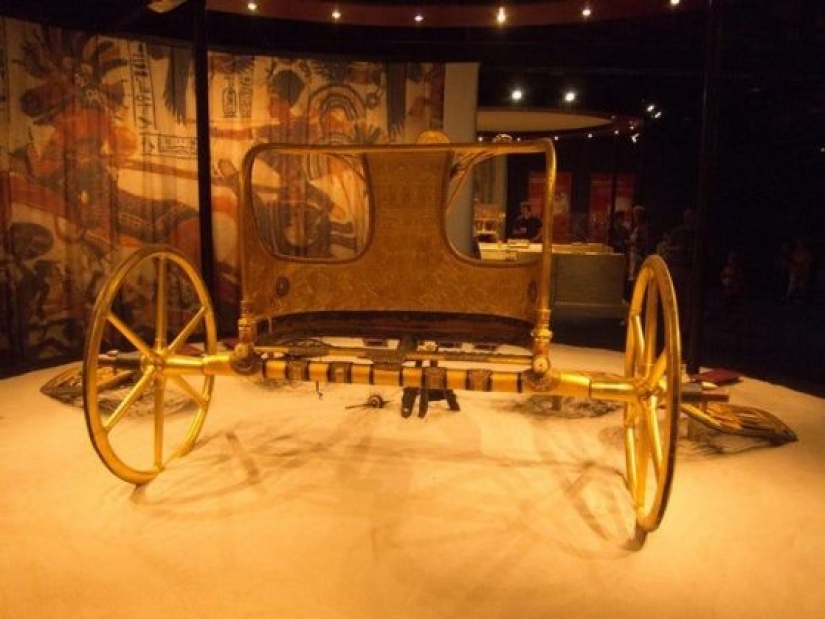
12. But he could have died in a chariot accident.
The broken bones of Tutankhamun have led a number of experts to conclude that he was crushed in some sort of chariot accident.
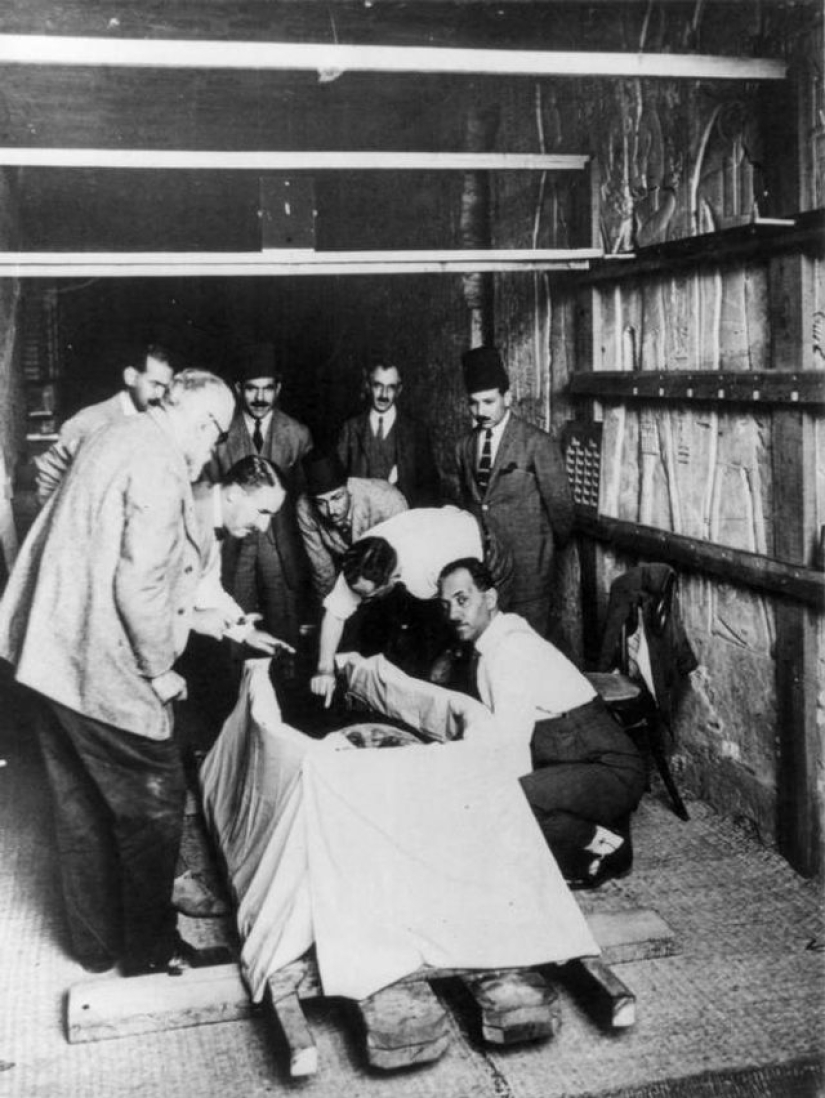
13. The curse of the tomb of Tutankhamun.
The idea of cursing those who violate Egyptian tombs dates back to the 19th century, but peaked after the tomb of Tutankhamun was found in 1922. While several members of Howard Carter's Tomb Seeker team died within a few years of finding the tomb, that doesn't mean that there was some kind of curse attached to him. In fact, simple mathematics proves the fallacy of the "curse" idea: out of 58 people who were present at the opening of the tomb and sarcophagus, 50 were alive for ten years. Many of the deceased were either old or had occupations that put them at risk.
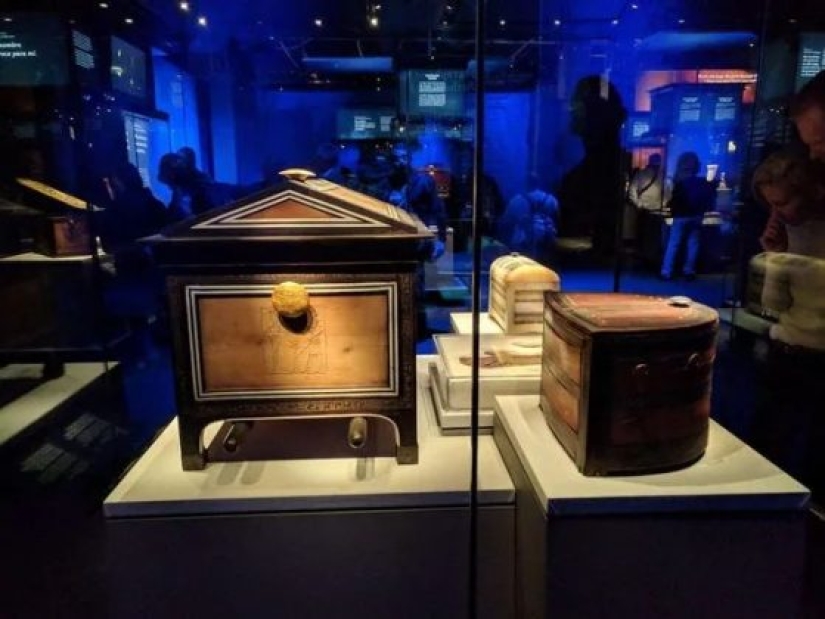
14. Egypt will permanently close the tomb of Tutankhamun.
Howard Carter's initial excavation damaged the tomb, and decades of exhibitions and crowds of tourists began to destroy the art and artifacts inside it. In 2014, Egypt unveiled a visitor-friendly replica of the tomb, with plans to permanently close the original.
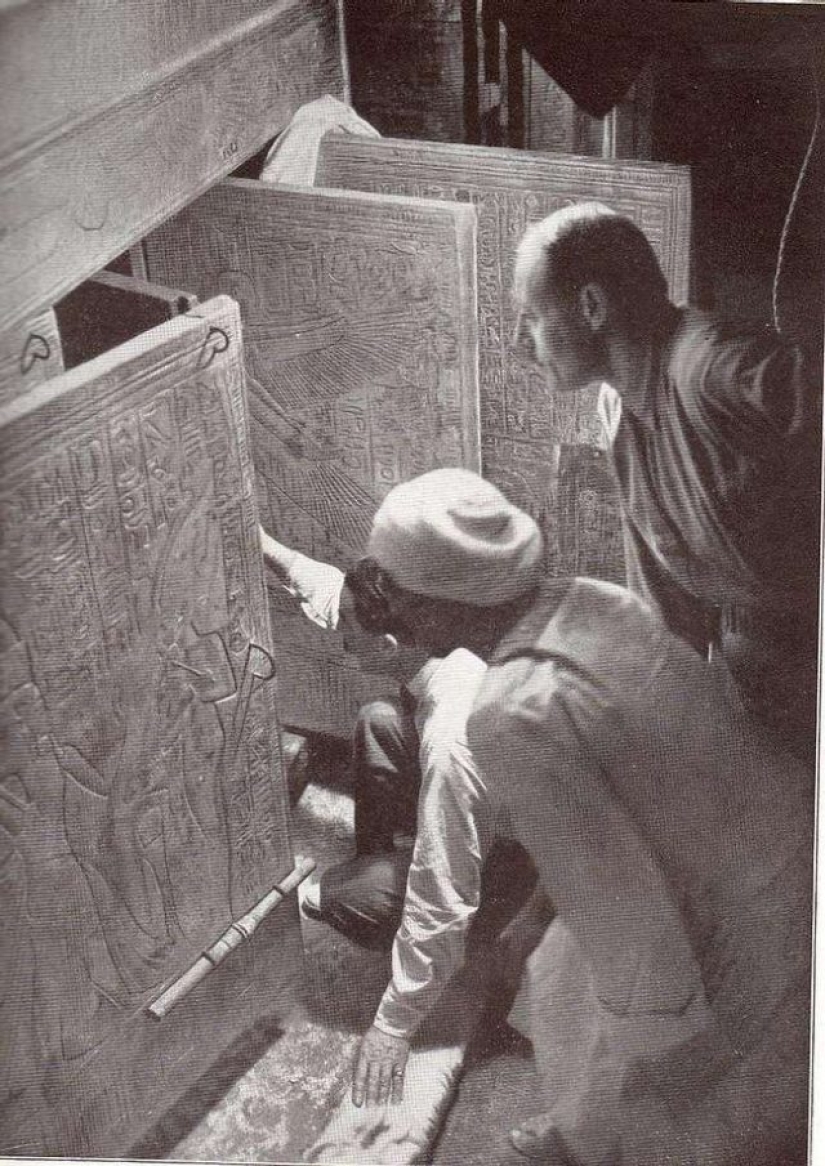
15. In the tomb of Tutankhamun there could be a secret room.
Scientists recently discovered that there may have been several chambers in the tomb of Tutankhamun. They scanned the tomb using infrared thermographic technology, which measures the temperature on a given surface. Scanning showed that some areas of the northern wall of the tomb differ in temperature from the rest of the room. A plausible explanation would be that Tutankhamun's tomb may have doorways leading to additional rooms.
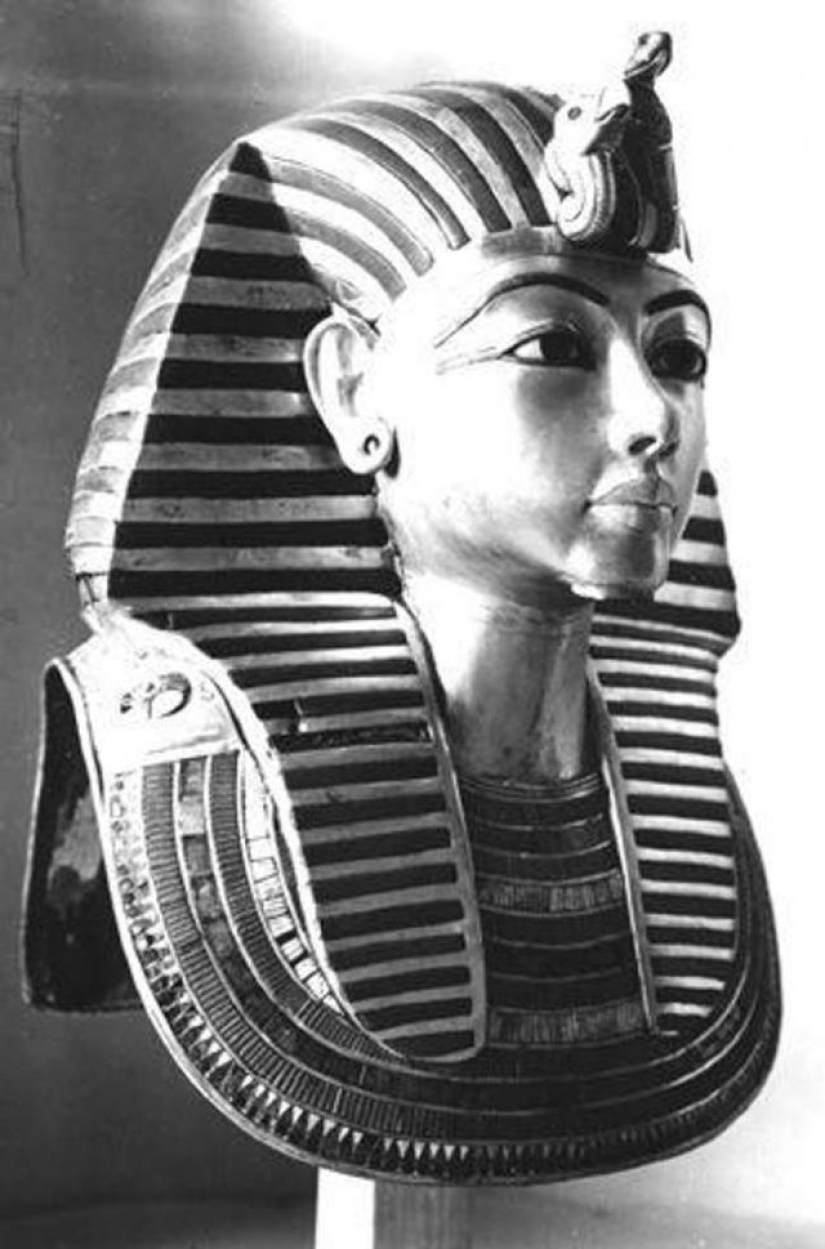
16. The beard of his mask chipped off 3300 years later.
In 2014, an employee of the Egyptian Museum accidentally knocked off the famous beard of the pharaoh from the mask of King Tut. The group, which included the head of the museum, tried to quickly fix the relic by gluing the beard with epoxy and scratching the gold surface of the mask. As of 2016, eight academics and staff members were indicted for “gross negligence,” for which they could face fines.
Keywords: Facts | Tutankhamun | Empire | History | Artifacts | Egypt | Society | Beliefs
Post News ArticleRecent articles

Illustrator from Canada Mark Gagne (Mark Gagne) presented a series of works called "Ink Photography" (Inked Photography). If you ...

Someone thinks that perfectionism is a disease that should be treated. Someone, on the contrary, teaches others how to restore ...
Related articles

Yes, Pets benefit our health and it is proven by science. Their very existence certainly makes us happier, but also prolongs life. ...

It is not 100% to say that tomorrow is with us nothing bad will happen, because often life throws up surprises when least expected. ...

One of the most famous sayings of Horace says: "no One can know everything!". And we completely agree with his opinion. Every day, ...

Although body positivity is actively promoted to the masses these days, slim figures remain trendy. Even those who demonstrate ...